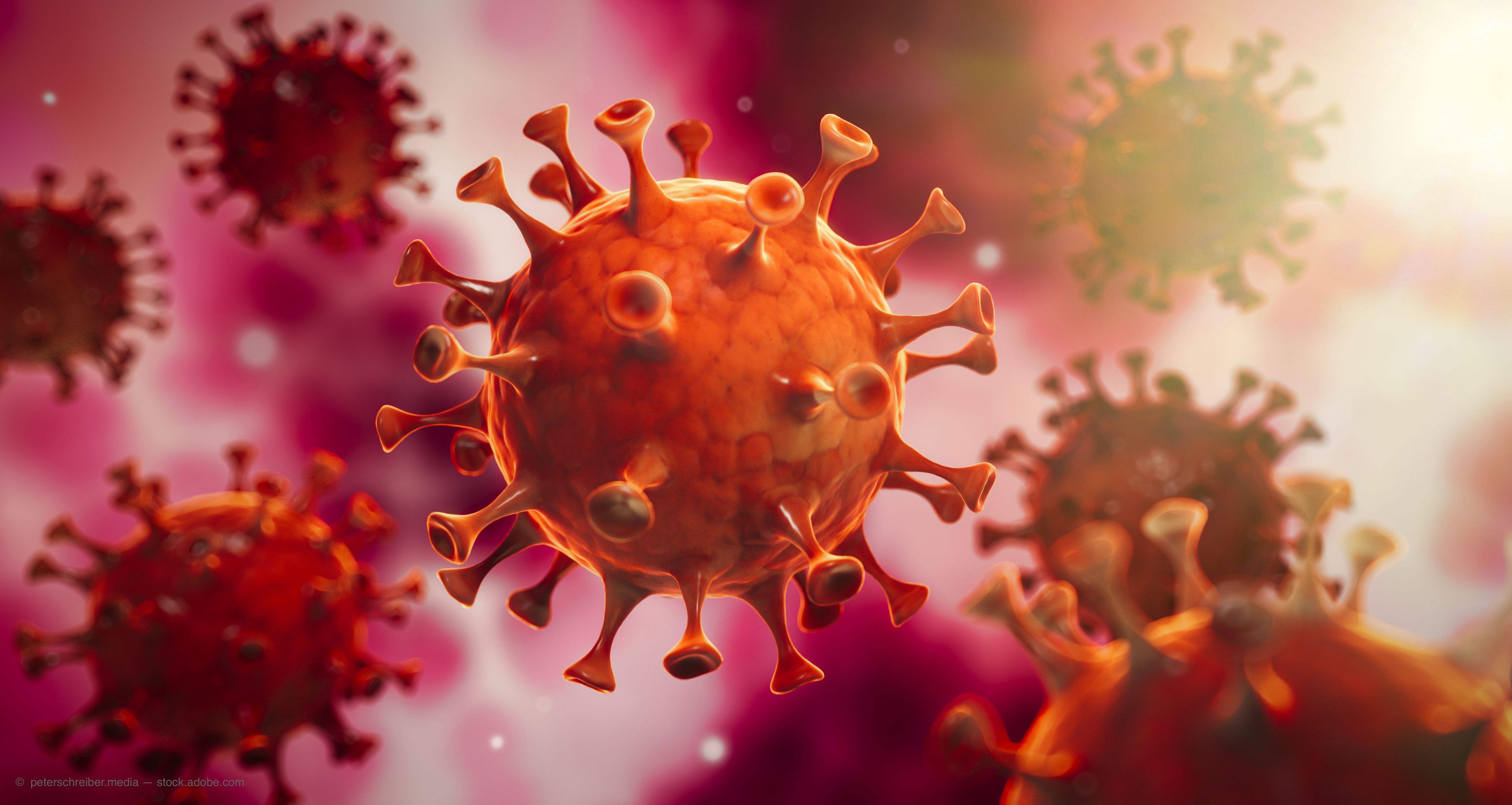News
Article
Inhalable COVID-19 treatment shows potentially lower viral transmission in animal studies
Author(s):
Llama nanobodies may be key to beating COVID-19 variants.

Scientists at the University of Pittsburgh School of Medicine have been focusing their efforts on developing an inhalable vaccine against COVID-19 , and their results seem to be very promising as shown in two recent animal studies, according to Yi Shi, PhD, corresponding author, Laboratory of Proteomics and Antibody Bioengineering, Department of Cell Biology, Carnegie Mellon University-Pitt Program in Computational Biology.
Study 1
Investigators reported that an inhalable nanobody drug (Pittsburgh inhalable Nanobody 21 [PiN-21]) both prevented and treated severe COVID-19 in hamsters, Shi reported.1
The rationale behind exploring this approach, he pointed out, was that the monoclonal antibody vaccines require high doses to be effective against COVID-19, and wide clinical use is challenging because of the associated high costs and manufacturing challenges.
The nanobodies used occur naturally in llamas and other animals in the camelid family and are much smaller than human antibodies.
The nanobodies are much more effective at neutralising COVID-19 as well as being more stable than human antibodies.
The investigators generated the nanobodies against COVID-19 by immunizing a llama with the spike protein of SARS-CoV-2. The nanobodies then were tested in Syrian hamsters.
A 0.6-mg/kg dose of PiN-21 was administered into the nasal cavities immediately after infection with the SARS-CoV-2 into the trachea.
Shi reported that the animals receiving the active treatment had no substantial weight loss in contrast to the placebo group that lost 16% of their body weight.
The administration of PiN-21 cleared the virus from the infected lungs after 10 days. The results were also the same when the virus was injected intranasally and PIN-21 was administered hours later.
When the nanobody was delivered in aerosol form (dose, ~0.2 mg/kg), the initial weight loss was reversed in the infected hamsters.
The investigators reported that PiN-21 reduced the number of infectious viral particles in the lungs by about a million-fold, and there was a substantially reduced viral load in nasal washes and throat swabs, which might help reduce viral transmission.
The study animals had a lower degree of inflammation compared with placebo. The treatment currently is under study for use in humans.
The scientists also theorized that such a treatment might work well for seniors, immunocompromised patients, and infants.
Study 2
Investigators focused in very closely on combatting the COVID-19 variants that have been emerging, especially the delta variant, to determine the mechanism by which the nanobodies work against COVID-19.2
Interestingly, Shi and colleagues observed three different ways that the nanobodies work against the virus to prevent its invasion of cells.
The nanobodies were seen to interact with a binding site on healthy cells and prevent the attachment of the spike protein to the cell, which stopped the virus from gaining entrance into the cell.
Another group of nanobodies was seen binding to a segment of the spike protein that remained constant across COVID-19 and its variants, as well as other coronaviruses, which the investigators explained, provided drugs with the ability to neutralize many viral iterations.
The last group of nanobodies targeted a region of the spike protein that larger antibodies could not gain access to; by targeting this region, the nanobodies prevented the virus from entering healthy cells.
Shi underscored how important it is to identify interventions against the COVID-19 variants.
He believes that there is enormous potential in this line of research and that the nanobodies are remarkably active against the disease variants.
“It will not only help our team select and refine nanobodies to treat and prevent COVID-19, but it also may lead to a universal vaccine, preventing not just COVID-19, but SARS, MERS and other diseases caused by coronaviruses,” he said.
Shi and coauthor Yufei Xiang, BS, MS, filed a provisional patent of the study nanobodies.
--
References
1. Nambulli S, Xiang Y, Tilston-Lunel NL, et al.Inhalable nanobody (PiN-21) prevents and treats SARS-CoV-2 infections in Syrian hamsters at ultra-low doses. Sci Adv 2021; DOI: 10.1126/sciadv.abh0319
2 Commerce Drive
Cranbury, NJ 08512
All rights reserved.




